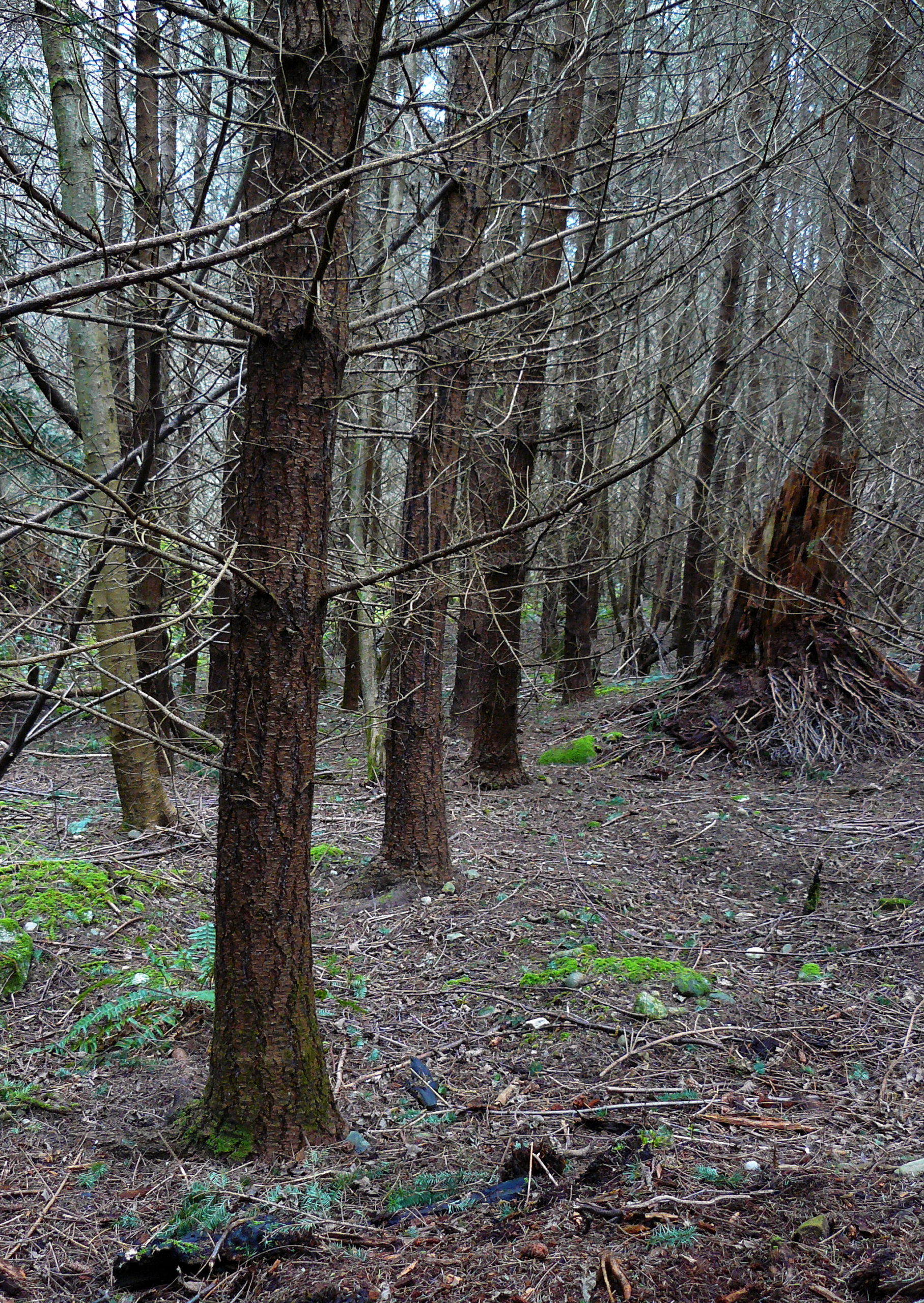Maps and Brochures | March 1, 2008
Pebble Beach Reserve Map
Trail map for Pebble Beach (DL 63) and surrounding Crown Lands
ViewThe Pebble Beach Reserve consists of:
The adjacent Qw’xwulwis – Cable Bay Conservation Area is owned by the Nature Trust of BC and managed by the Galiano Conservancy, which played a central role in protecting this land.
Together, these properties protect the area known to Hul’qumi’num-speaking peoples as Qw’xwulwis. This important ecological and cultural landscape includes a unique archeological site, several kilometers of undeveloped shoreline, and beautiful beaches that attract locals and visitors alike.

The properties that make up the reserve also exhibit a spectrum of human impacts. DL 66 was mined for gravel in the 1950s and 60s, representing the highest level of impact; meanwhile, DL 60 was high-graded (selective removal of only the highest value timber) in the 1920s, but has otherwise been left to develop into one of the largest remaining examples of mature Coastal Douglas-fir forest on the island. DL 64 was partially logged in the late 20th century.
Dl 63, on the other hand, was logged intensively in the mid-20th century: this includes clearcuts in 1968 and 1978, followed by the bulldozing of topsoil and slash into large windrows, partial combustion of the windrows, and replanting with uniform rows of genetically similar Douglas-fir (Pseudotsuga menziesii). These industrial treatments left behind an ecologically impoverished, single-age stand of regenerating Douglas-fir trees with very little biodiversity or habitat value. Unfortunately, the state of the forest on this property is broadly representative of nearly half of the land area of Galiano Island, which was operated as a commercial tree farm until the late 1980s.

The plantation forests of DL63 are the focus of a unique forest restoration effort that the Galiano Conservancy initiated in 2001 with the objective of restoring soils, structure, coarse woody debris, and biodiversity. This restorative work, spearheaded by the late Ken Millard, involved novel applications of chain hoists, pulleys, and skylines to thin trees, distribute woody debris and implement restorative treatments without the use of fossil fuels.
Today, we continue to employ these techniques to restore forests across our conservation lands.


Trailhead for over 20 kilometers of public trails across the Mid-Island Protected Areas Network
Explore
Pebble Beach is a popular swimming spot and can be accessed via a 1 km trail
Trail map for Pebble Beach (DL 63) and surrounding Crown Lands
ViewCurrent management plan for the Pebble Beach Reserve (DL 63)
ViewRestoration plan for the Pebble Beach Reserve (DL 63)
ViewExplore photos and other media captured at the Pebble Beach Reserve
Produced by students at the Gulf Islands Film & Television School (GIFTS) in 2006, Let it Rot documents the innovative restoration of the Pebble Beach Marine Reserve.
Explore the following resources to learn more about the Pebble Beach Reserve.
An illustrated summary of the Pebble Beach restoration project
ViewReport from UVic’s ES 471 Class of 2021.
ViewReports from UVic’s ES 471 Class of 2017.
ViewForest Restoration | Herbal Workshop | Solar Energy | Elder Relations
ViewHohendorf, 2015 – Masters Thesis
ViewHarrop-Archibald, 2007 – Masters Thesis
ViewKoele, 2005 – Proceedings of the 2005 SER-BC Annual Conference
ViewScholz et al., 2004 – 16th Int’l Conference of the Society for Ecological Restoration
ViewErickson, 2003 – Georgia Basin / Puget Sound Research Conference
ViewAn overview of restoration treatments and monitoring in the Pebble Beach Reserve
View“We Receive Our Breath from the Trees” | Ecocultural Restoration | Restoring Forests and Culture in S. Korea | Healthy Forests, Healthy Soil | The Golden Spruce | Where do We Come From? What Are We? Where Are We Going | The Garden of Memory
ViewWE Can’t See Underwater | Restoring the Forest in the Plantation | A Historical Map of Galiano | A Look at Archeological Research in the Gulf Islands | The Galiano Museum | Ann Erickson’s Decomposing Magic | A Review Essay
ViewNotifications